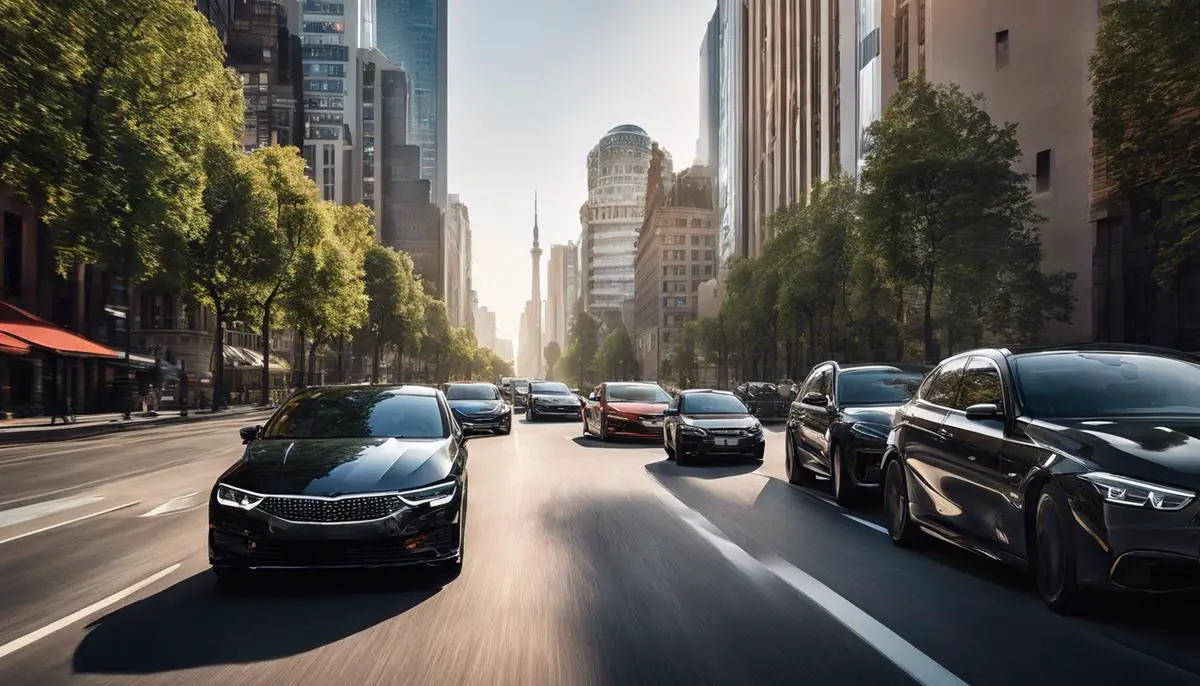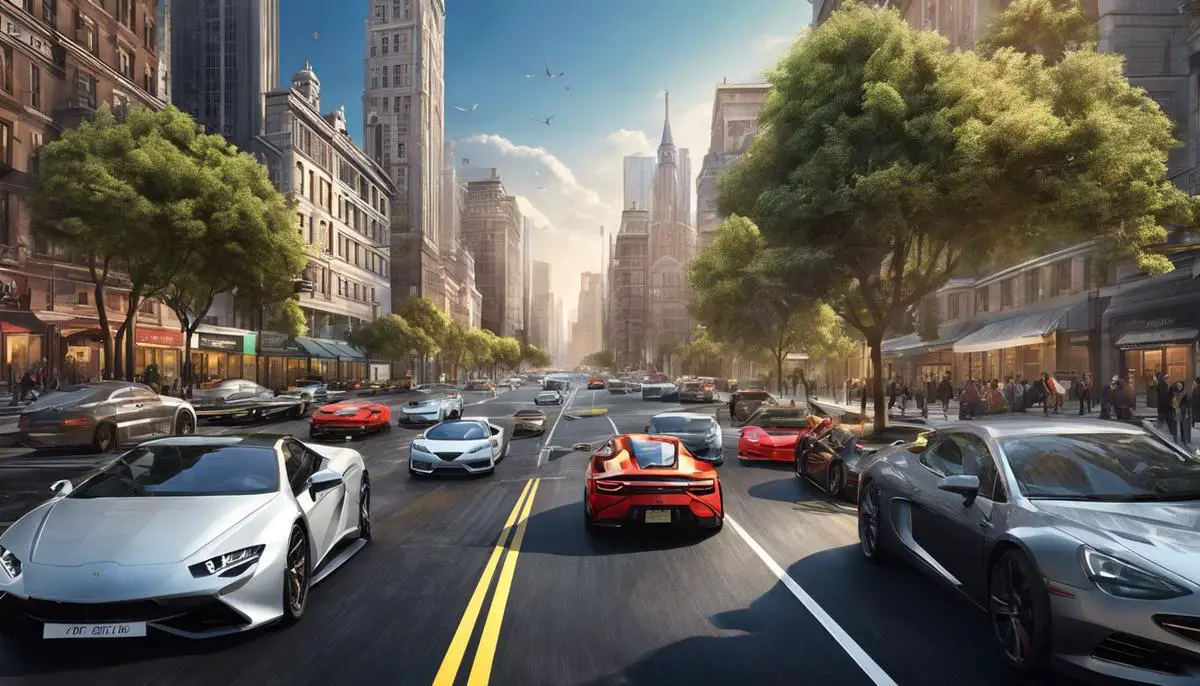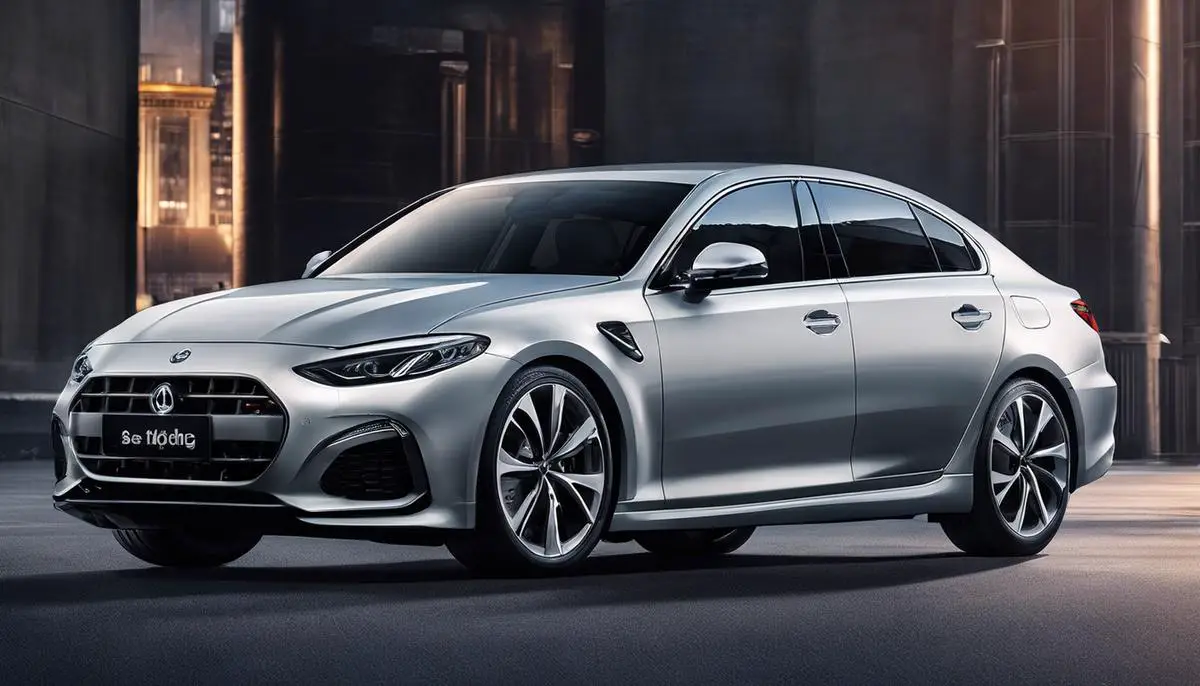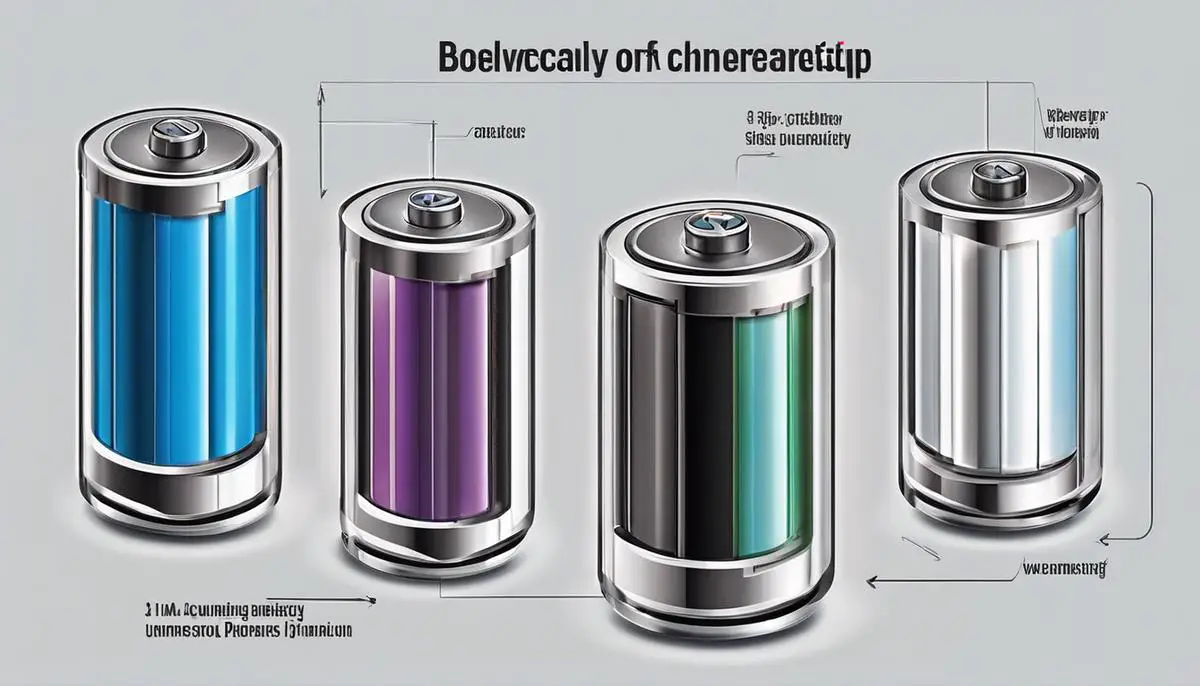Living in the city versus the countryside has an undeniable impact on lifestyle choices, including the type of automobile you choose to drive. The hustle and bustle of urban settings often necessitates compact, fuel-efficient vehicles for easy maneuverability and parking, while the wide open spaces and rugged terrains in rural areas often favour the size and sturdiness of a truck or larger cars. With myriad considerations such as cargo capacity, fuel efficiency, terrain typology, and the frequency of traffic congestions, selecting the right car to suit your lifestyle can often feel like a daunting task. This exploration delves into these many factors, empowering you with the knowledge to make a well-informed decision based on your exact needs.
Contents
- 1 Car Size and Urban Mobility
- 2 Big Cars & the Countryside
- 3 Choosing the Right Car for Your Lifestyle
- 3.1 Moving right along, the next factor to consider is the ability to handle unrefined, rugged terrain, a feature commonly needed if you live in the countryside or regularly embark on off-road adventures.
- 3.2 Equally important is raw muscle – the strength and endurance a vehicle possesses from a larger engine and fuel tank.
- 3.3 Mother Nature is often unpredictable, and the capacity to handle diverse weather conditions becomes indispensable when living outside urban areas.
- 3.4 Convenience in the form of cargo space is a crucial detail for people who require extra storage capacity for hauling equipment, groceries, or other items.
- 3.5 Moreover, enhanced safety features commonly present in larger vehicles – including electronic stability control, multiple airbags, and proficient braking systems – contribute to secure and confident driving.
- 3.6 Finally, it’s undeniable that there is a distinct aesthetic charm associated with larger, rugged-looking vehicles.
Car Size and Urban Mobility
Head on any urban path at rush hour and you’ll notice something instantly: the city elements are no match for your hulking sports utility vehicle (SUV) or minivan. Yes, bigger can indeed feel better for some drivers, but when it comes to maneuvering in a bustling city, the impact of car size on mobility takes a significant turn. This does not sweep under the carpet the question: How does car size impact mobility in urban environments? Let’s set the wheels in motion and delve into it.
Initially, we need to take a peek at parking. In urban areas, parking is as precious as gold. With smaller cars, you’re more likely to locate that sweet spot near your destination. They snugly fit into tight spaces thus reducing that entire ‘long walk’ drama. Large cars, on the other hand, need larger parking spaces which are tricky to come by in bustling cities.
Now, let’s shift to the streets. Congested traffic and narrow lanes are common phenomena in city roads, and your compact sedan or hatchback can slip into those sly little pockets of space, leaving the traffic far behind. Their show-stealing counterparts- the large cars, conversely, battle with the congested urban roads, and more often than not, end up imprisoned in the unending traffic.
Yes, size does matter when it comes to fuel consumption too. Small cars tend to be more fuel-efficient than huge, gas-guzzling trucks or SUVs. This fact is crucial, especially in cities where idling in traffic is just as frequent as those short trips to the grocery store or office. Lower fuel consumption means fewer trips to the pumps. Now who wouldn’t want that in the high-paced city life?
The question of visibility also pops up when exploring the connection between car size and urban mobility. With small cars, seeing everything around you from the driver’s seat becomes simpler, giving you an improved sense of the whole driving environment. Large vehicles can often make it tougher to gauge your position relative to other cars or objects, especially when parking or maneuvering tight, urban streets.
Alright, let’s pump the brakes for a second for a ride’s safety. Large vehicles might be more defensive in high-speed crashes, but when it comes to city streets full of pedestrians and cyclists, smaller cars have the upper hand. Due to their compact size, they can stop more quickly – helpful when that pedestrian suddenly steps off the sidewalk, or when that car in front abruptly brakes.
Significantly, it does not mean smaller cars are perfect, or enormous cars are impractical. Indeed, large cars lend room for comfort, extra passenger space, impressive power, and cargo space – all appealing to several drivers. However, when evaluating the impact of car size on mobility in urban environments, it is quite clear that smaller cars have a clear, though not uncontested, advantage. As cities grow and evolve, the approach to personal transportation might need to follow suit.
The final gear on this journey though? It all depends on your requirements. After all, a city-dwelling family might need a larger vehicle for those weekly grocery outings and soccer practice ferrying. But for saving fuel, room on the road, those perfect parking spots – small cars have the cityscape chalked out for them. Drive safe and smart!

Big Cars & the Countryside
The Advantages of Larger Cars in Countryside Living
Having dived deep into the factors that weigh in on the choice between smaller and larger cars in urban areas, let’s shift focus and explore the reasons why larger vehicles rule the roost when it comes to countryside living. We all know that everything from road conditions, lifestyle demands, safety considerations, to even aesthetics come into play when choosing a car. If you’re a country dweller, you might find larger cars offering greater advantage over their compact counterparts in these aspects.
Starting with road worthiness, country roads are often unpaved, rugged, or simply dotted with potholes. Larger cars and pick-up trucks, equipped with advanced suspension systems, handle these inconsistencies better making drives smoother and more comfortable. Additionally, larger cars generally have higher ground clearance which makes traversing these rough terrains easier without risking damage to the vehicle’s underbelly.
Elaborating on endurance, larger cars tend to have more powerful engines. In rural areas, where gas stations may be few and far between, the ability to maintain efficiency at lower RPM and having bigger fuel tanks gives larger cars the upper hand.
Climate and weather conditions also play a big part in vehicle choice in rural regions. Larger cars are typically better suited to handle inclement weather with capabilities like all-wheel drive. In areas with frequent snow, rain or muddy conditions, the robust build and power of these cars offer added security and convenience.
While we’re on the subject of convenience, larger cars offer much more cargo space – a necessity for those living in rural areas. Whether it be hauling farming equipment, carrying large quantities of groceries, or packing up for the much-anticipated family camping trip, the extra space certainly comes in handy!
We can’t forget about the set of safety features housed within larger cars. With advanced safety features like stability control, multiple airbags, and crash protection, larger cars perform well in terms of ensuring passenger safety. In fact, data points to larger cars faring better in accidents due to their sturdy build, weight and high seating position.
If you have a large family or often ferry groups of people, larger cars offer more seating space, allowing for comfortable long rides without feeling cramped. They are also an ideal choice for those who have large dogs as pets, offering ample space for them to move around while travelling.
Lasty, for the style-conscious, the rugged, all-American look of larger automobiles like trucks and SUVs has enduring appeal and the bigger profile of these cars also offers a better view of the picturesque countryside landscapes.
Choosing a car is a decision that is dependent on one’s personal needs and circumstances. It seems clear though, that larger cars offer compelling advantages for countryside living, delivering on power, endurance, convenience, safety and aesthetics. So, if you’re living the rural life, it may be time to consider going large with your next automobile purchase!

Choosing the Right Car for Your Lifestyle
Moving right along, the next factor to consider is the ability to handle unrefined, rugged terrain, a feature commonly needed if you live in the countryside or regularly embark on off-road adventures.
You may notice that smaller, city-dwelling cars struggle to maintain their poise on uneven terrain, leaving you bouncing around in the driver’s seat.
Therefore, for those living in more rural areas, vehicles with noticeably high road clearance, such as SUVs and trucks, become favored for their ability to navigate these conditions smoothly.
Equally important is raw muscle – the strength and endurance a vehicle possesses from a larger engine and fuel tank.
By nature, larger vehicles often come equipped with engines that are built to last and withstand heavy-duty use.
These vehicles are generally designed with extended drives in mind, boasting significantly larger fuel tanks to match.
This is particularly useful when gas stations are sparse or far between in rural and undeveloped regions.
Mother Nature is often unpredictable, and the capacity to handle diverse weather conditions becomes indispensable when living outside urban areas.
Vehicles equipped with all-wheel or four-wheel drive provide increased stability and control when dealing with inclement weather such as heavy rain or snow.
They improve traction and prevent the vehicle from getting stuck, thus ensuring safer travel in adverse conditions.
Convenience in the form of cargo space is a crucial detail for people who require extra storage capacity for hauling equipment, groceries, or other items.
Whether it’s for work necessities or a weekend trip to the local farmer’s market, having ample space to load up becomes essential.
Larger vehicles, including vans and pick-up trucks, cater to these needs superbly, providing generous trunk dimensions and additional cabin storage options.
Moreover, enhanced safety features commonly present in larger vehicles – including electronic stability control, multiple airbags, and proficient braking systems – contribute to secure and confident driving.
Additionally, these robust vehicles provide ample seating space for families, large groups or even the family pet which can be extremely beneficial.
Finally, it’s undeniable that there is a distinct aesthetic charm associated with larger, rugged-looking vehicles.
The defined edges and muscular build give them a robust, all-American charm that many find attractive.
Not to mention, their elevated seating position provides a panoramic view of your environment, allowing for a better appreciation of mesmerizing countryside landscapes.
In conclusion, the selection of the right car depends on various factors dictated by your living situation.
Your geographical location, lifestyle requirements, and personal preferences all dictate the type of vehicle that will best cater to your needs.
Whether you prefer the compact convenience of a small car or the robust practicality of a larger vehicle, understanding these factors will put you in the driver’s seat when choosing your next ride.

While there is no one-size-fits-all car, understanding your unique requirements based on where you live – city, or countryside – can make a profound difference in choosing the most suitable vehicle. The key lies in the balance between the demands of your regular environment and what a vehicle of a certain size can offer. In that respect, smaller vehicles tend to be more suited to frequent city wanderings, with their inherent qualities of efficient fuel consumption, easy manoeuvrability and parking ease. On the other hand, larger cars hold their ground in rural settings with their ruggedness, capacity to carry sizable loads, and enhanced performance on uneven or unfamiliar terrains. The critical takeaway is that assessing your lifestyle, from the typology of terrain you drive on to the need for cargo space, can greatly aid in steering you towards an ideal match in your vehicle choice.



